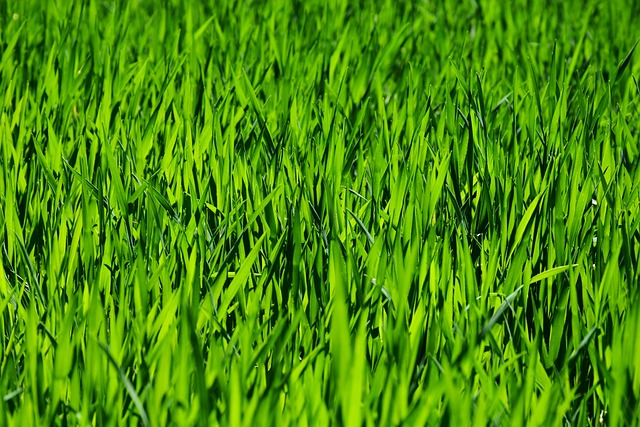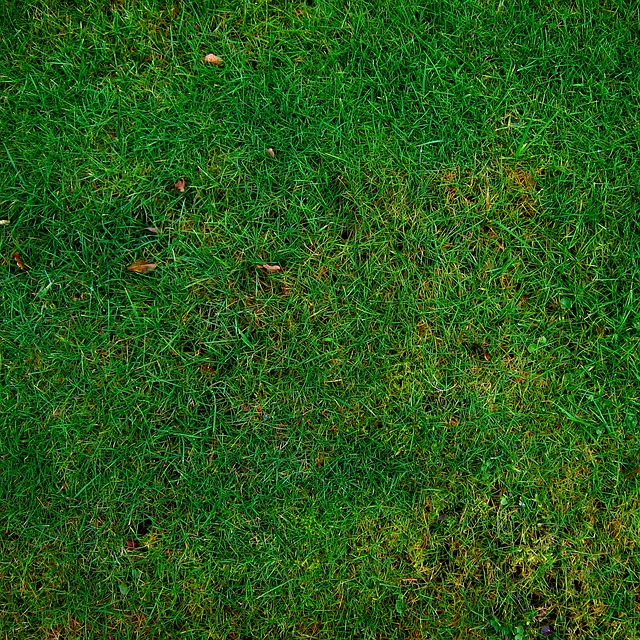Mulching and edging are crucial practices in lawn care and landscaping, enhancing aesthetics and grass health. Mulch retains moisture, suppresses weeds, and improves soil fertility, while edging defines clean boundaries, prevents weed intrusion, and promotes consistent lawn maintenance. These techniques contribute to a lush, well-managed lawn, with organic or inorganic mulches offering long-term solutions for dedicated landscaping enthusiasts.
“Elevate your lawn care game with mulching and edging! This comprehensive guide explores the art of enhancing lawn health through organic mulch applications and precise edging techniques. Discover the myriad benefits, from improved soil fertility to aesthetic appeal, as we delve into different mulching types and effective edging strategies. Whether you’re a landscaping pro or an enthusiastic DIYer, these practices will transform your yard into a lush, well-defined oasis, showcasing optimal Lawn Care and Landscaping.”
- Understanding Mulching: The Benefits and Types for Lawn Health
- Edging Techniques: Creating Clean Lines and Defining Your Lawn's Boundaries
- Best Practices for Effective Lawn Care and Landscaping with Mulch and Edges
Understanding Mulching: The Benefits and Types for Lawn Health

Mulching is an essential practice in lawn care and landscaping, offering numerous benefits for your lawn’s overall health and appearance. It involves placing a layer of organic or inorganic material on top of the soil, typically around the base of plants and trees. This simple yet powerful technique plays a crucial role in retaining moisture, suppressing weeds, and enhancing soil fertility.
There are various types of mulch available, each with distinct advantages. Organic mulches, such as wood chips, straw, or compost, add nutrients to the soil as they decompose, promoting healthy root growth. Inorganic options, like rock, gravel, or plastic, provide a more long-lasting barrier against weeds and help regulate soil temperature. The right type of mulch can contribute to a lush, vibrant lawn while simplifying maintenance tasks in the long run, making it an indispensable tool for any dedicated lawn care and landscaping enthusiast.
Edging Techniques: Creating Clean Lines and Defining Your Lawn's Boundaries

Creating clean lines and defining your lawn’s boundaries is a crucial aspect of effective lawn care and landscaping. Edging, also known as trimming or border maintenance, involves meticulously cutting the grass at the point where it meets sidewalks, driveways, and other plants to create sharp, distinct borders. This technique not only enhances the aesthetic appeal of your lawn but also prevents weeds from encroaching onto your grassy areas.
There are several edging techniques available for homeowners, each offering unique benefits tailored to different preferences and lawn types. From manual string trimmers to powered edgers, selecting the right tool ensures precise control over the results. For those seeking a more natural look, hand-held shears or scissors can achieve beautifully curved lines. Power tools, on the other hand, offer speed and efficiency for larger properties, making lawn care quicker and easier while still maintaining that polished, defined edge.
Best Practices for Effective Lawn Care and Landscaping with Mulch and Edges

Maintaining a lush, well-defined lawn is an art, and incorporating mulch and edging into your lawn care routine is a game-changer. Here are some best practices to ensure effective lawn care and landscaping. First, choose the right type of mulch for your needs; organic options like wood chips or straw add nutrients to the soil, while inorganic mulches like stone or rubber chips offer long-lasting solutions. Apply mulch around plants and shrubs, keeping it a few inches away from stems to prevent rot.
Edging is crucial for defining lawn boundaries and showcasing a polished look. Use a string trimmer or edger to trim along sidewalks, driveways, and flower beds, creating clean lines. Regularly maintain these edges to prevent overgrown grass from encroaching on your landscaping. Incorporating these practices into your lawn care regimen will not only enhance the aesthetics of your outdoor space but also promote healthier grass growth and easier maintenance in the long run.
Mulching and edging are essential components of comprehensive lawn care and landscaping. By understanding the benefits and various types of mulch, along with effective edging techniques, you can significantly enhance the health, appearance, and durability of your lawn. Integrating these practices into your routine maintenance regimen will not only ensure a neat and well-defined space but also promote a lush, vibrant lawn that serves as a beautiful focal point of your outdoor space.
